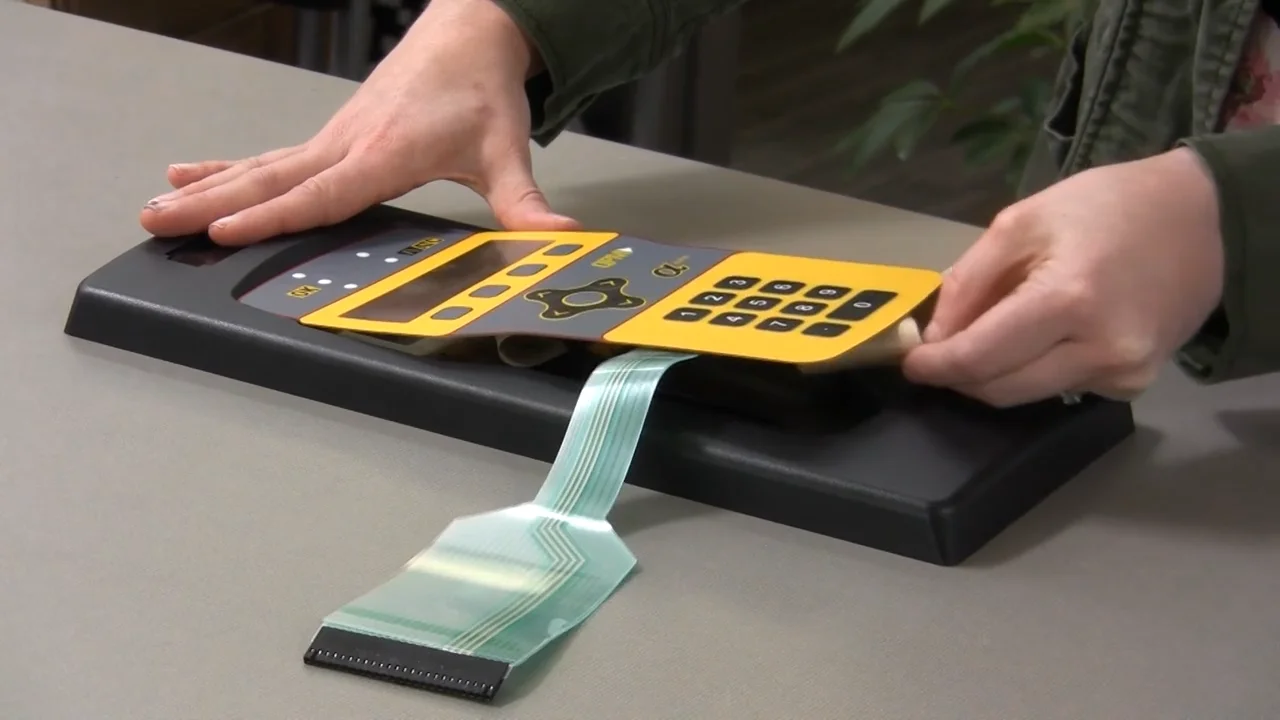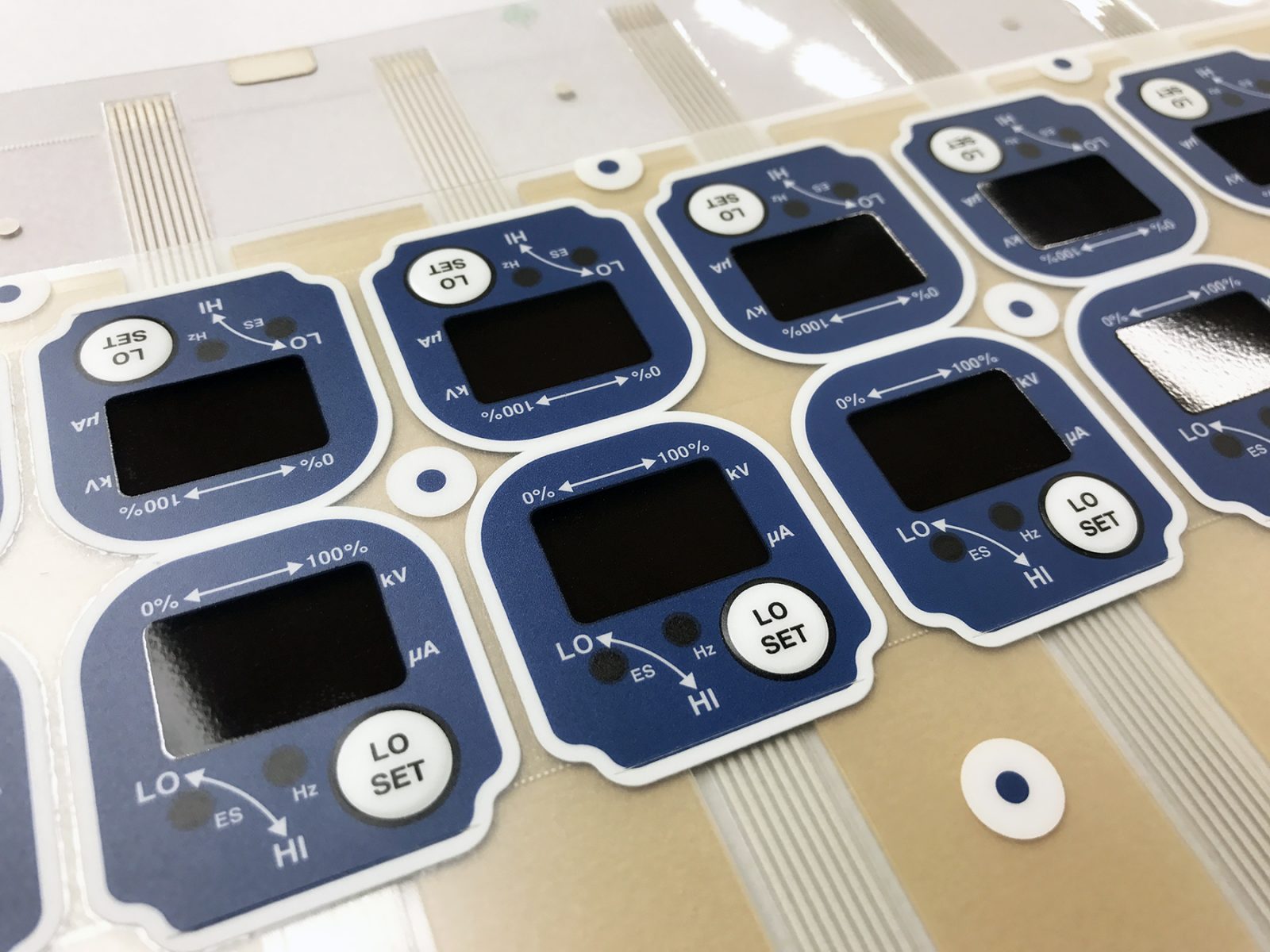Understanding the Capability of Membrane Layer Switches for Interface Tools
The functionality of membrane layer switches represents a significant development in user interface style, combining performance with visual adaptability. As industries progressively focus on user experience, comprehending the subtleties of membrane switch modern technology becomes necessary.
What Are Membrane Switches?
Membrane buttons are cutting-edge user interface devices that help with customer communication with digital tools. These flexible elements include numerous layers, consisting of a visuals overlay, spacer, and a published circuit layer. The layout enables a seamless integration into various electronic devices, enhancing both the aesthetic and useful facets of interface.
Membrane layer buttons are generally used in a vast range of applications, from family home appliances to industrial machinery and medical tools. Their construction usually features a thin profile, making them a perfect choice for compact layouts. The responsive feedback provided by these buttons can be crafted to fulfill particular user preferences, ensuring efficient interaction in between the user and the gadget.
Sturdiness is another significant advantage of membrane layer buttons, as they are immune to dust, wetness, and chemicals, which boosts their life expectancy popular settings. Additionally, these switches can be customized in terms of shape, dimension, and graphic design, enabling branding and user-specific functions. Overall, membrane layer changes represent a sensible option for enhancing customer experience in electronic tools, integrating functionality with aesthetic allure in an efficient way.
Just How Membrane Layer Switches Over Work
Operating on an uncomplicated concept, membrane layer switches use a split building and construction to register customer input efficiently. Each button contains several layers, consisting of a published circuit layer, a spacer layer, and a top visuals layer, which are designed to function with each other perfectly. When a customer presses the top layer, it compresses the spacer layer, bringing the conductive components of the circuit layer into contact with each various other.
This contact produces a shut circuit, signaling the gadget to carry out a certain function. The design enables for numerous setups, including tactile responses, which can enhance the customer experience by offering a physical experience upon activation. The materials used in membrane buttons frequently consist of flexible substrates, such as polyester or polycarbonate, which make certain resilience and durability versus damage.

Trick Advantages of Membrane Layer Buttons

An additional considerable benefit is their density. Membrane buttons are thin and lightweight, which makes it possible for makers to save room in their gadgets without sacrificing functionality. This attribute is specifically helpful in applications where weight and volume are critical factors to consider.
Additionally, membrane layer switches are resistant to dirt, wetness, and chemicals, boosting their longevity. This durability expands their life expectancy and reduces the demand for frequent substitutes, leading to cost financial savings over time.
Additionally, the tactile responses offered by membrane layer switches can be enhanced to boost individual communication. They can include functions such as increased switches or audible clicks, enhancing use and individual experience.
Applications Throughout Industries
Interface devices using membrane layer switches prevail in a wide range of sectors, showcasing their adaptability and performance. Membrane Switch. In the medical sector, membrane buttons are integral to gadgets such as analysis tools and patient surveillance systems, where their sturdiness and ease of cleansing are vital for maintaining health standards. In the automobile industry, these switches are utilized in control panel controls and infomercial systems, giving a check that smooth and modern user interface for users.
In addition, the consumer electronics market gain from membrane switches in appliances and portable devices, where small design and straightforward user interfaces boost individual experience. Industrial applications also utilize membrane changes for control panels in machinery and automation systems, stressing their robustness and resistance to rough environments.
In the aerospace and protection industries, membrane layer buttons are used in cockpit controls and devices, where integrity and performance under extreme problems are extremely important. Additionally, the video gaming market significantly includes membrane switches in controllers and gallery makers, adding to an engaging individual experience. In general, the versatility of membrane switches over enables their extensive usage across many markets, emphasizing their value in modern interface layout.
Future Fads in Membrane Layer Switch Over Technology

Furthermore, the use of advanced materials, such as polycarbonate and polyester movies, is expected to rise, offering improved longevity and resistance to environmental stress factors. These products add to the general long life of membrane layer switches, making them ideal for harsher commercial applications.
Moreover, the unification of smart modern technology, including IoT connection, will certainly enable membrane layer switches to communicate with various other devices and systems, facilitating an extra interactive customer experience. This pattern aligns with the growing need for wise gadgets throughout various markets, from healthcare to customer electronics.
Last but not least, customization choices are anticipated to broaden, permitting makers to produce bespoke options tailored to specific individual needs and preferences. These developments will place membrane buttons as necessary elements in the development of customer interface innovation.
Conclusion
In verdict, my explanation membrane layer changes represent an essential development in customer interface technology, using a trustworthy and flexible remedy for diverse electronic applications. As innovations in material scientific research and touch picking up innovations proceed, the capability and applicability of membrane switches are anticipated to increase, reinforcing their relevance in modern-day electronic tools.